As the nation’s debt reaches 102% of the GDP and the President pushes a $3.73 trillion budget with more government spending than America can afford, there are innumerable ways in which the politicians should be slashing spending, but aren’t. One agency that could use a budget-cutting knife to the heart is the union-controlled National Labor Relations Board.
While the allegedly-independent agency is ostensibly designed to protect employee rights, over the past few years, the NLRB itself has been contaminated with so much rancor and partisanship that its very mission of protecting workers from both employers and (especially now) unions, has been demonstrably nullified. Moreover, given that the purpose of the NLRB is to 1) conduct elections, and 2) prevent and remedy unfair labor practices by both employers and unions, the current caseload (as well as its lack of ideological neutrality) calls for the agency’s budget to be cut back to levels prior to pre-Bush budget levels, at a minimum.
NLRB Caseloads
With unions representing a mere 6.9% of the private-sector (this figure also includes non-NLRB covered employees under the Railway Labor Act), the NLRB’s case load has dropped significantly in the last 30 years. Even within the last 10 years, according to the NLRB’s own documents, the caseload has diminished to the point that there is little to warrant maintaining the current level of funding and more of a case for cutting funding to the NLRB significantly.
From 2001 to 2010, the number of petitions filed at the NLRB dropped nearly 43%, from 4145 to 2380 [see chart 1]. Meanwhile, the number of elections over the same period dropped approximately 40%, from 2645 in 2001 to 1571 in 2010.
At the same, the number of charges filed at the National Labor Relations Board has also dropped [see chart 2]. In 2001, the number of all charges filed was 28,124 (with only 2,247 complaints being issued). By 2010, the number of charges filed dropped to 23,523, with only 1,243 complaints being issued. This represents more than an eight percent drop in charges being filed and more than a 44% drop in complaints.
While this data is reflective of the 2001 through 2010 time-frame, it is likely the numbers would be even more startling were one to examine the last 20 or more years.
| Year | Petitions Filed | Elections | Won by Union | Lost by Union | Petitions Dismissed | Petitions Withdrawn |
|---|---|---|---|---|---|---|
| 2010 | 2,380 | 1,571 | 1,036 | 535 | 37 | 725 |
| 2009 | 2,082 | 1,335 | 915 | 420 | 46 | 657 |
| 2008 | 2,418 | 1,614 | 1,028 | 586 | 48 | 784 |
| 2007 | 2,310 | 1,530 | 916 | 614 | 43 | 998 |
| 2006 | 2,492 | 1,757 | 1,064 | 693 | 56 | 909 |
| 2005 | 4,022 | 2,227 | 1,367 | 860 | 104 | 1,637 |
| 2004 | 3,618 | 2,263 | 1,295 | 968 | 83 | 1,314 |
| 2003 | 3,746 | 2,438 | 1,395 | 1,043 | 98 | 1,367 |
| 2002 | 4,296 | 2,567 | 1,451 | 1,116 | 108 | 1,488 |
| 2001 | 4,145 | 2,645 | 1,443 | 1,202 | 137 | 1,446 |
| Year | ULP Charges | Settlements | Complaints Issued |
|---|---|---|---|
| 2001 | 28,124 | 10,876 | 2,247 |
| 2002 | 30,177 | 10,684 | 2,284 |
| 2003 | 28,781 | 10,923 | 2,067 |
| 2004 | 26,890 | 10,632 | 1,840 |
| 2005 | 24,720 | 9,722 | 1,373 |
| 2006 | 23,091 | 8,848 | 1,272 |
| 2007 | 22,331 | 8,149 | 1,099 |
| 2008 | 22,497 | 8,379 | 1,108 |
| 2009 | 22,943 | 7,767 | 1,166 |
| 2010 | 23,523 | 7,696 | 1,243 |
Over the years, even as the NLRB’s caseload has dropped so dramatically, the agency continues getting more and more money from taxpayers (93% of whom are union-free in the private sector). In fact, according to the budget request for FY 2012 [page 1269-1270], the NLRB is asking for even more money and, as well, an expansion in the number of NLRB employees, from 1632 in 2010 to 1730 in 2012.
From 2001 to 2010, the National Labor Relations Board has had $66.9 million added to its budget—even as its caseload continued to drop. For FY 2012, the agency is requesting $287,699,000, which represents a $71.2 million increase over 2001 levels—a 33% increase.
Funding an anti-worker, anti-business (jobs) agenda
Over the past few years, the NLRB has moved far beyond an agency that can claim even a modicum of neutrality in disputes. In its rule-making and its decisions, it has proven itself to be purely a tool for union bosses to club employers and employees over the head with.
Here are but a few examples of how anti-worker and anti-employer the NLRB has become:
- Upholding the NLRB’s longstanding practice of allowing unions to mislead workers, in 2009, the NLRB’s former general counsel (a Bush appointee) issued an advice memorandum giving unions the right to mislead existing members on their contract votes;
- Issuing new guidelines to give unions access to employer property, employee names and addresses, as well as to humiliate employers before their employees;
- Ruling to legitimize union “sweetheart deals,” by affirming the right of unions to engage in concessionary bargaining in exchange for neutrality and/or card-check—even before the union is the bargaining agent of the employees.
These are but a few of the more egregiously anti-worker and anti-business actions the union-controlled NLRB has engaged in over the last two years.
As Congress deliberates the President’s budget for FY 2012, recognizing that today’s NLRB is counter to both workers and job-creators, rather than increasing the NLRB’s budget, Congress should severely cut the budget or eliminate the agency altogether.
_________________
“I bring reason to your ears, and, in language as plain as ABC, hold up truth to your eyes.” Thomas Paine, December 23, 1776




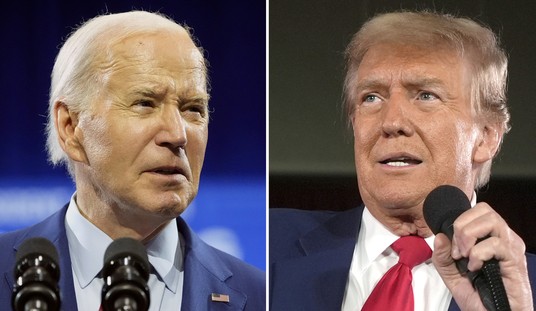
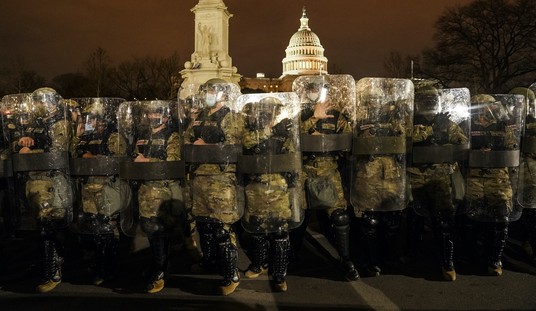


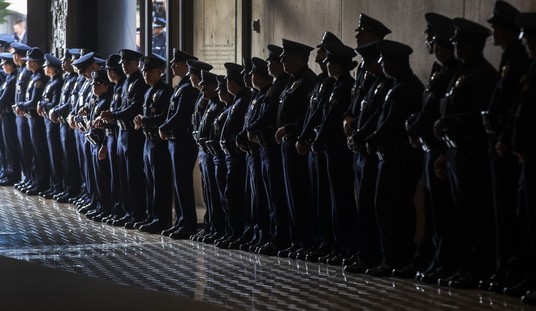

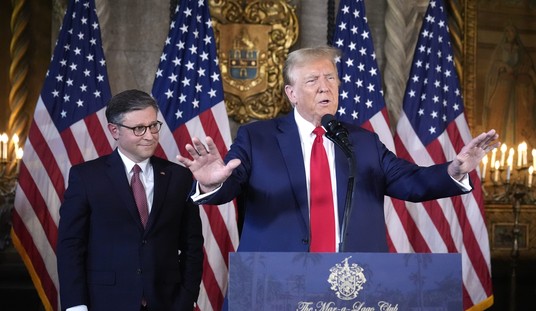
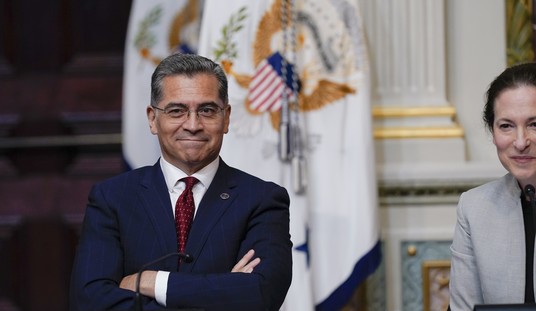
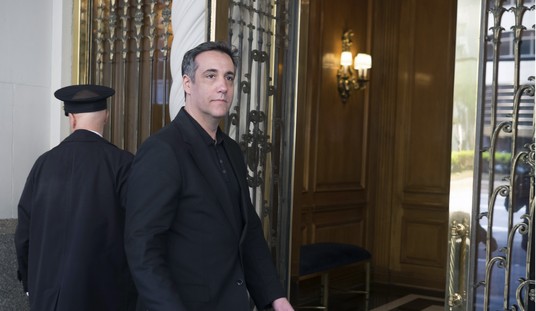

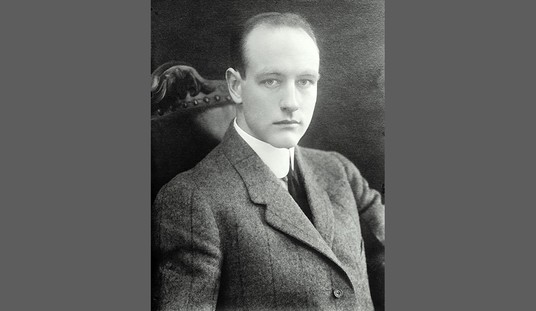
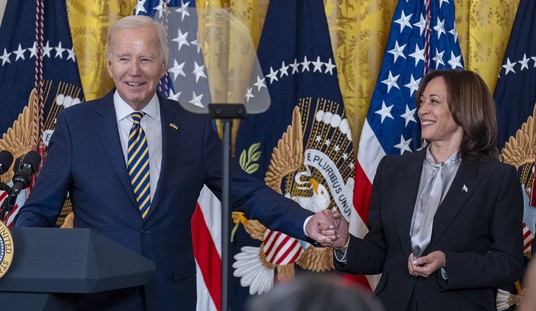
Join the conversation as a VIP Member